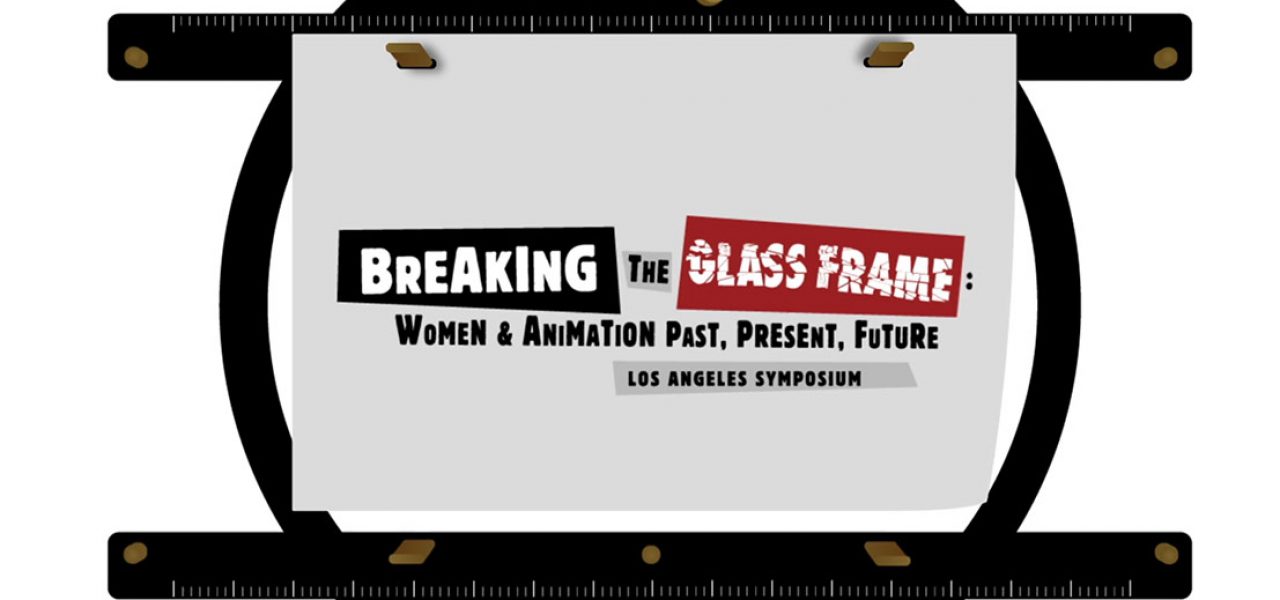
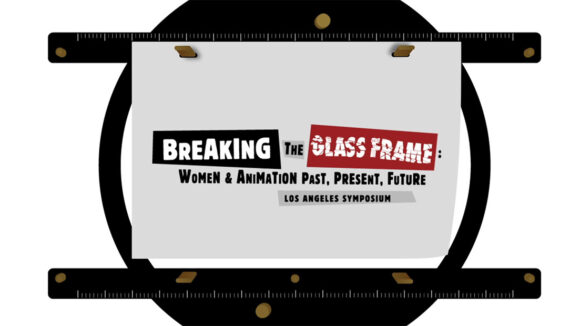
A Preview Of Breaking The Glass Frame, A Timely Symposium In L.A. About Women In Animation
Breaking the Glass Frame: Women and Animation, Past, Present, Future, a symposium being held October 5 through 7 at University of Southern California in downtown Los Angeles, promises to be a timely and unique combination of programming for industry professionals, academics, and students alike.
What started as an idea by Dr. Bella Honess Roe, senior lecturer, University of Surrey, U.K., made its way stateside after she reached out to Sheila Sofian, USC Animation & Digital Arts professor. Sofian, excited about the prospect, created a coalition of individuals and organizations to create the event, including fellow USC professor Lisa Mann, Calarts Experimental Animation director Maureen Furniss, and UCLA Animation Workshop chair Celia Mercer. The collaboration between L.A. area animation schools doesn’t happen often, but Sofian said in an interview with Cartoon Brew that “we didn’t want this to be a one-institution event.”
Women in Animation also came on board to support the event, and Roe, who initially suggested the idea, joined as the curator of the academic papers and host of the academic conference. The twelve papers being presented cover topics of global animation, and the state of the industry and medium, both historical and looking ahead. The recently released list of abstracts and author bios can be found on the Breaking the Glass Frame’s website.
The initial conference was intended to lean more heavily on the academic side, but Mann credits the then-breaking news of cases like Harvey Weinstein and the start of the #MeToo movement, and later-breaking stories specific to the animation industry coupled with WIA’s 50/50 initiative, as signs to broaden the event, especially since it was being held in the heart of the industry. As Mann explained to Cartoon Brew, “We just thought, ‘Oh my gosh, this is so in the moment.’ We need to take advantage of this right now and do something about this…that’s why we wanted to move into having panels as well, with preconceived topics and moderators and hand-selected participants on the panels.”
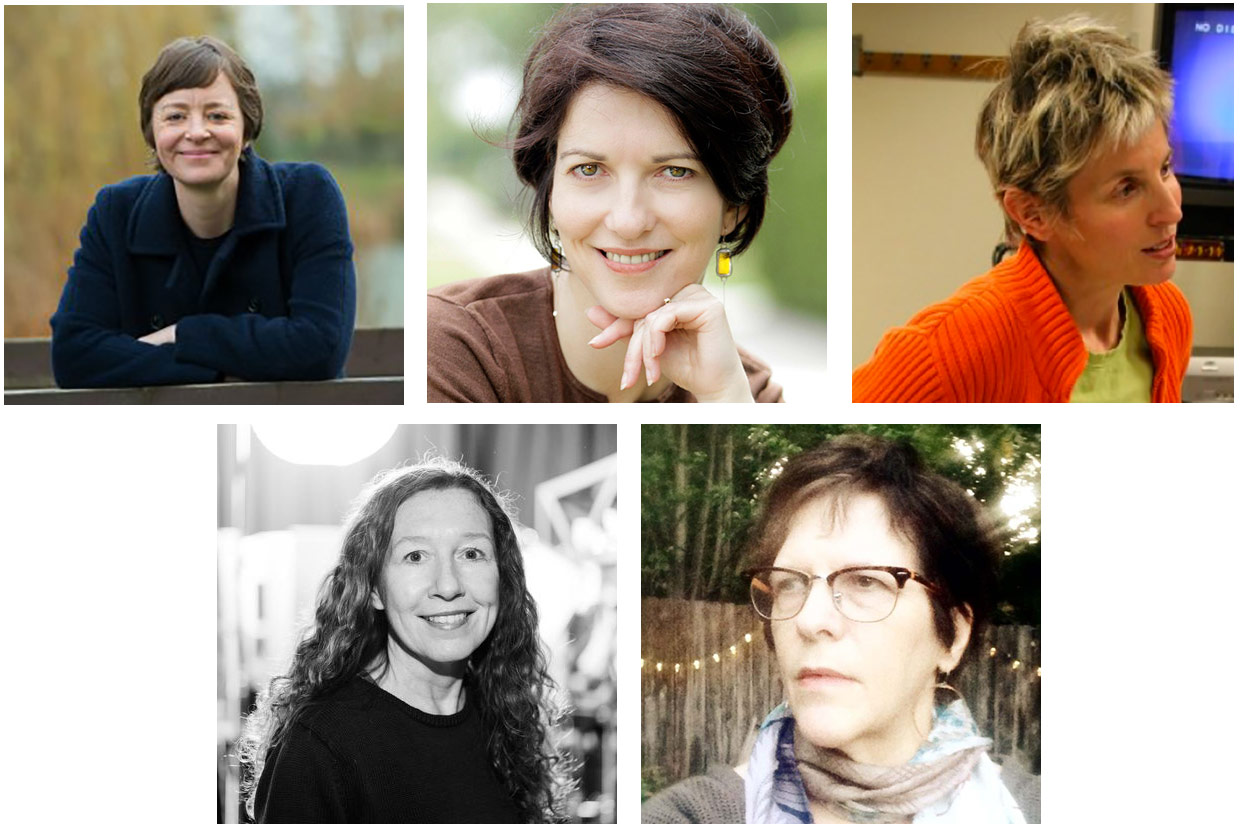
When asked about the worry that these types of conversations often bounce around in an echo chamber with little to no solid follow-up, Mann and Sofian agreed that their goal with the event was change that. “What’s really important with this is what do we do now?,” said Mann. “How are we going to take action? Because it’s not enough to just sit around and discuss. And that’s why you look at our schedule and names of all the panels – they’re all verbs. I was noticing that. Navigating. Pushing…they’re all active, because that’s what we want to do. We want to really make a difference and go beyond just having conversations.”
That goal is evident not just from browsing the list of topics, but also the list of panelists and moderators. Not only are the participating men and women diverse in age, race, and gender expression, but the variety of jobs and roles these people hold represents a broad swath of the industry. Inclusivity of different career paths was a priority – independent creators, tv animation, feature film, live-action, freelance, vr, stop motion, commercial, and both artists and management. Mann joked, “Of course, there’s going to be someone that says ‘Well you didn’t have this!’ but we’re really trying.”
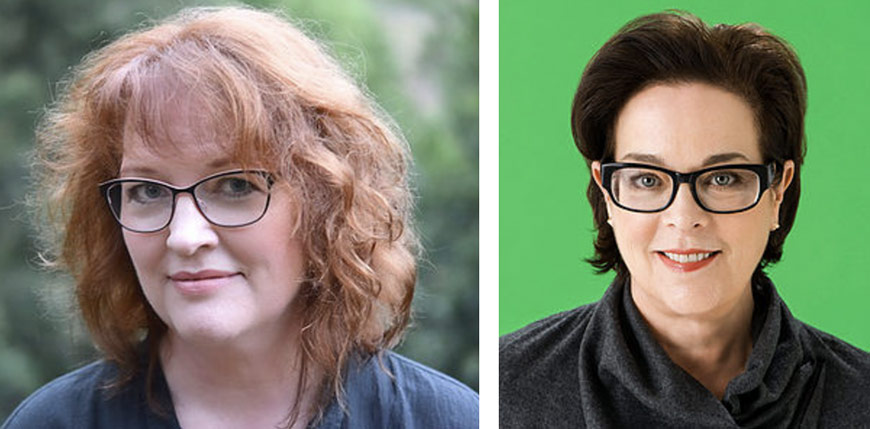
Because of that desire for representing many, the panels are on the slightly larger side, with most having around six speakers. With that larger panel size, there will be more perspectives, from different tiers and different circumstances, where strategies and actionable steps can be compared and shared.
The discussions will also hopefully be rich, Mann said. “[I]n the diversity and inclusion panel, we want them to talk about defining inclusion…what are you seeing happening in your workplaces? Is there real diversity? Is it merely tokenism? Is sexual harassment training and diversity training really doing enough? Has the climate changed since #MeToo? Is there backlash or retaliation when you’re speaking up? We really want to dig in…We need actual, positive strategies for moving forward.”
Sofian and Mann also talked about how their involvement in organizing this event and working with colleagues from other schools has helped them as educators, such as learning that UCLA has an academic policy to ensure that diversity is demonstrated on syllabi, and that the school ensures conversations take place in classes such as figure drawing and character design regarding the overt sexualization of feminine characters.
The two USC professors, who have over forty combined years of experience in the animation industry and teaching, have not been strangers to addressing these often uncomfortable but necessary topics. Sofian, whose specialty is in documentary animation, has always broached tough topics with her films, most notably Survivors, which is about domestic violence. Mann’s work, notably the installation Cat Calls, also tackled sexual harassment, and she made her MFA film about domestic violence.
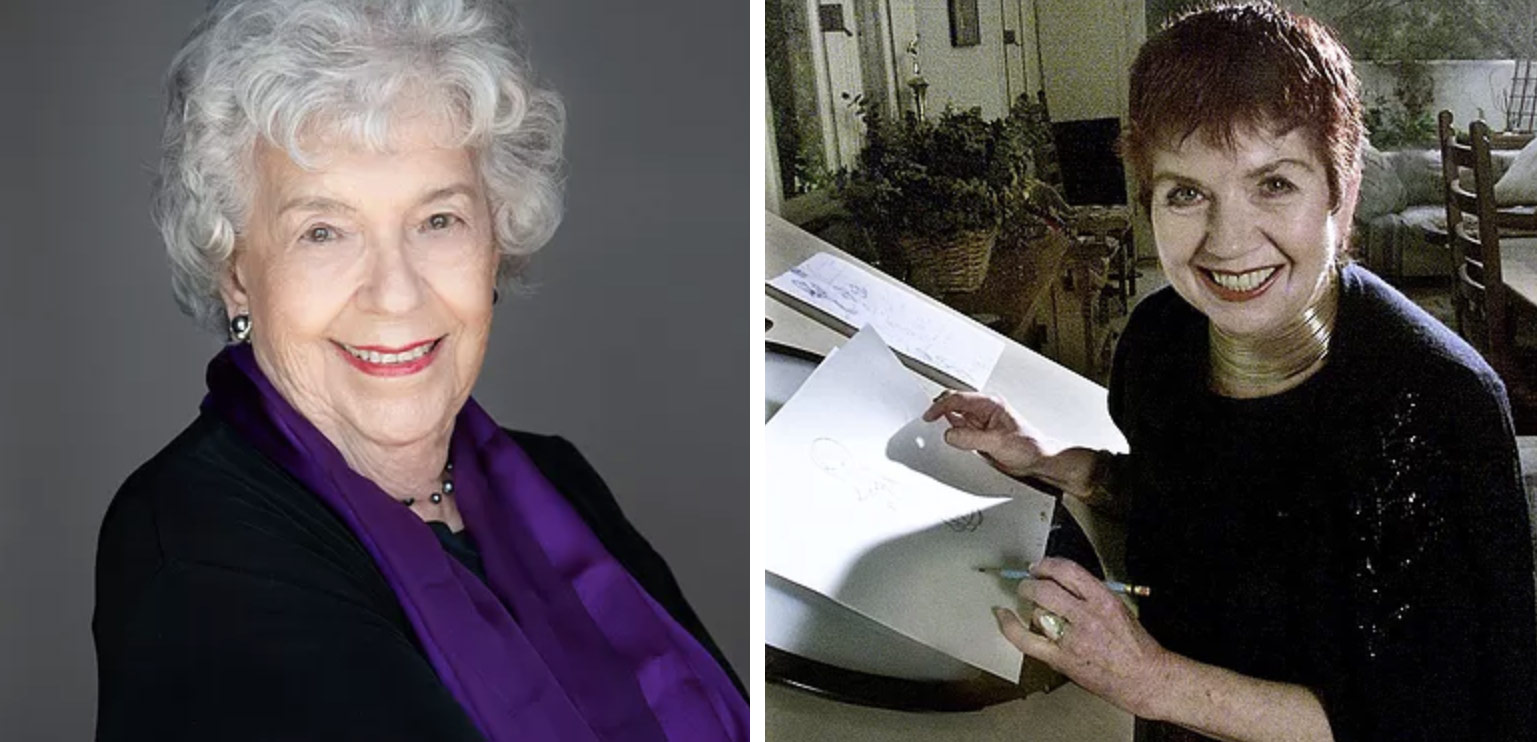
Glancing at the schedule, you see sensitive topics – topics that one wishes didn’t exist. But the issues they address do exist, and this symposium strives to be a force that helps dismantle them. It’s a chance for professionals, educators, students, and historians to reflect and take stock of the current state of things.
But it will also be a celebration of successes had thus far. A panel that is sure to invigorate attendees is Mindy Johnson’s “An Invisible History – Trailblazing Women of Animation,” which features guests who began their careers in the 1940s and ’50s. Women are still trailblazing today, and if it were up to Sofian and Mann, everyone who attends Breaking the Glass Frame will leave armed with knowledge and renewed passion for this medium, and women’s achievements in it, in order to help propel everyone forward.
The conference is sold out on Saturday, but tickets are still available for Sunday, October 7. For more details, visit BreakingTheGlassFrame.com.

.png)